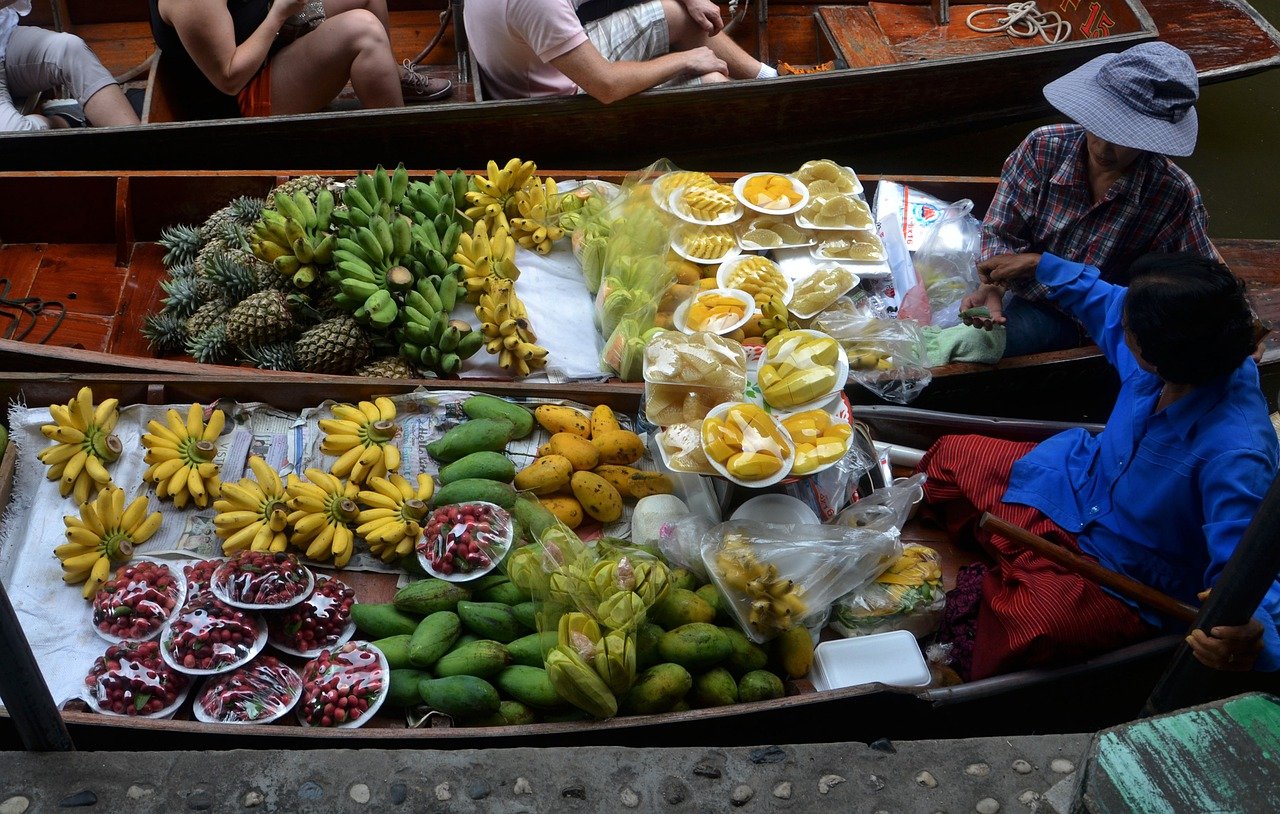Food Tourism: What the Heck is it?

There are a number of definitions for “food (or culinary or gastronomy) tourism” on the internet machine, but here’s the one I like best from the website, Food ‘n Road, “activities that provide experiences of consumption and appreciation of food and beverages, presented in such a way that values the history, culture and environment of a particular region.” Or there’s this one from the World Food Travel Association, “Food tourism is the act of traveling for a taste of place in order to get a sense of place.” It is so much more than just visiting a place and simply going to a few restaurants.
Many tourists rank “food” quite high on their list of things important to them during their visit, right up there with accommodations, scenery and entertainment. That being the case, many tourists have sought to expand their “food” experiences and are now planning their vacations/tours around local food and beverages. They are using food, in a sense, as a vehicle to learn more about the history and culture of a specific location, be it a city, village or entire region.
Food tourism can be as immersive as you like and for most, the more immersive the better. Most food tourists use food and beverages to become more immersed in the local culture, to become, in a sense, not so touristy and more similar to a local. They attempt to answer the question, “If I was indigenous to this place, what would I eat and drink on a regular basis and how did those foods and beverages impact the history and culture of this place?” Food tourists tend to be more adventurous and curious than most and are willing to venture far from the tourist traps of a location to experience local cuisine and beverages prepared by those who were born and raised there.
In fact, food tourism has become so popular that many travel and tourist companies now offer food tourism packages and many local communities are embracing this new and novel form of tourism. They view it as a way to help the local food producers, transporters, preparers, sellers and servers improve their bottom lines. Many locales are working together with these travel companies to bring in tourists to provide them with a unique and rewarding tourist experience that is centered around their locally sourced food and beverages.
There are numerous types of food tourism experiences offered by these travel companies and they include but are not limited to: self or locally guided food tours whereby tourists are provided with a map of local eateries to visit or are guided by a local; cooking classes where tourists, not only eat local dishes and drink local beverages, they learn how to prepare and cook them from local chefs; wine tastings that describe the process of how local wines are produced as well as the history of wine-making in that region; producer visits that allow tourists to visit local food producers, such as a cheesemaker, local farm or chocolate maker; a market experience where tourists accompany local restaurant owners/chefs as they wander through nearby markets purchasing locally produced veggies, fruits and proteins. As you can see, food tourism can be as involved (or not) as you make it.
Food tourism helps tourists link the entire food supply chain of a local community together by exploring the entire farm-to-table experience. Tourists can also supplement their visit by exploring local museums and historical sites to learn how, say, sugarcane and rum production impacted a specific Caribbean island during the colonial period or how coffee beans have both helped and hindered the development of certain Central and South American communities.
Now that you have a better understanding of food tourism, next time we’ll explore some of the best U.S. cities to visit for a truly immersive food tour.
You must be logged in to post a comment.